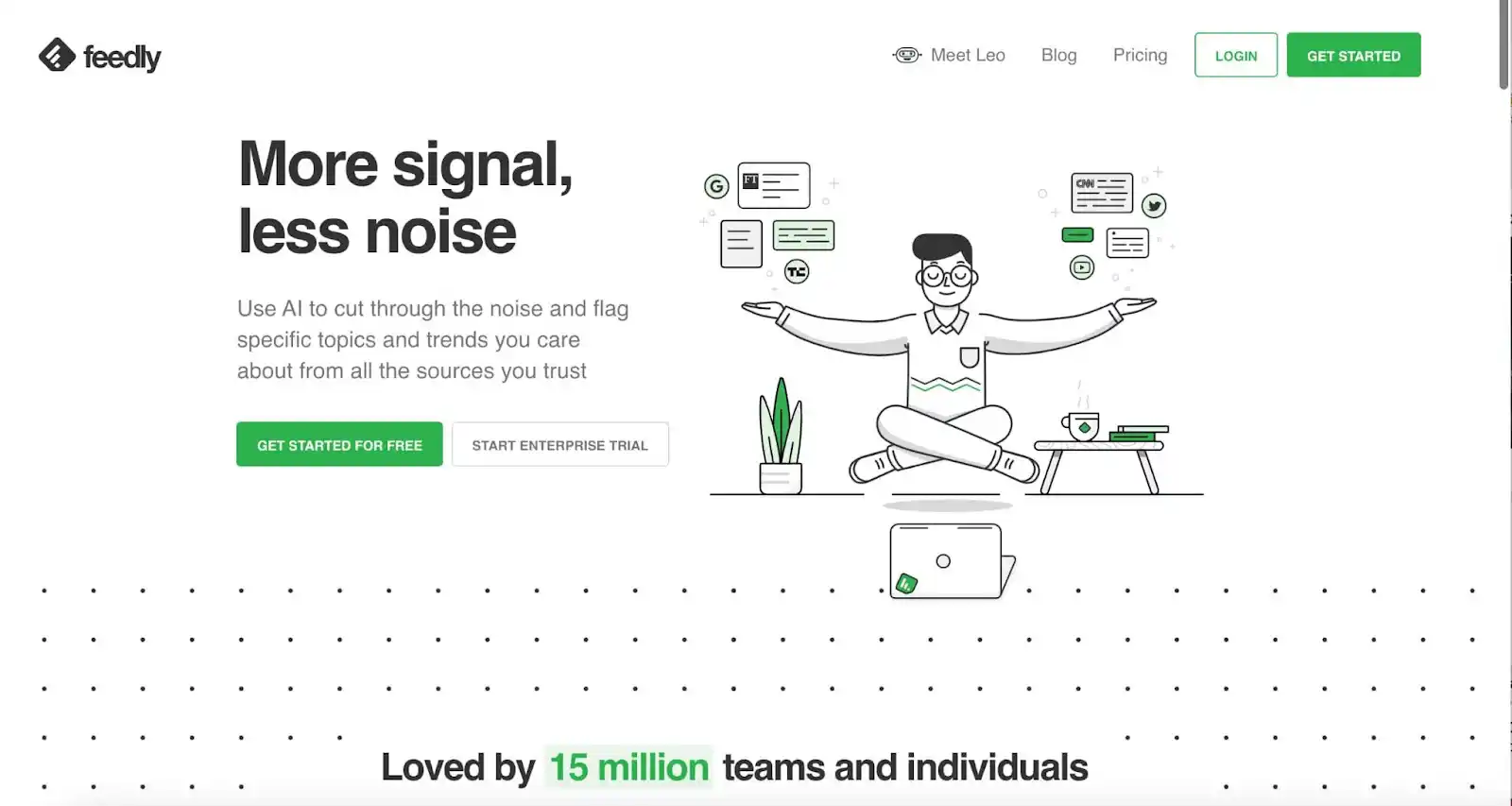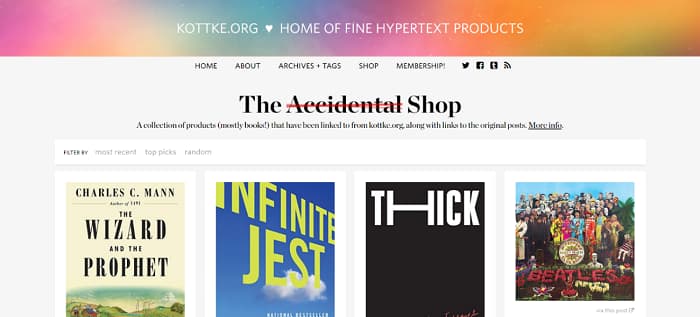
Website Content Curation Tips for Useful Information Hubs
In a digital era teeming with information, curating content for a website is akin to crafting a library that invites curiosity, learning, and engagement. Whether you oversee a blog, manage a corporate website, or run a community portal, your ultimate goal is to transform your site into a fountain of knowledge that keeps the audience coming back for more. The art of curation involves more than just collating content—it’s about creating a space where information is not only accessible but also valuable to your audience.
Understand Your Audience
Before you can curate content, you should have a profound understanding of who your readers are. What sparks their interest? What questions are they trying to answer? By placing yourself in their shoes, you start to curate content that resonates deeply with their needs and desires. A user-centric approach fosters a sense of community and makes your website a go-to hub for worthwhile information.
Quality Over Quantity
In a world where the internet never sleeps, and the content never stops flowing, it’s tempting to think more is better. However, when it comes to creating a useful information hub, the adage “less is more” rings true. Aim to share content that is relevant, informative, and of indisputable quality. Prioritize articles, videos, and infographics that offer genuine insights and value to your audience rather than filling your pages with fluff.
Categorize Your Content
Just as libraries have different sections, your website should have clear categories that help visitors find the information they need quickly and easily. Categorization enhances the user experience by reducing confusion and helping visitors navigate through your content without feeling overwhelmed.
Vet Your Sources
In an age where fake news can spread like wildfire, being a credible and trustworthy curator is paramount. Always ensure that the information you share comes from reputable sources. Fact-checking is your best friend, and credibility is your currency in the online world. Your audience will thank you for providing them with reliable content they can trust.
Keep It Fresh and Relevant
Updating your website with the latest information keeps your audience informed and engaged. However, relevance should always be your compass. There’s no point in updating your website with fresh content that holds no significance to your readers. Whenever you add new content, ask yourself: Does this fit within the interests of my audience? Is it useful? If the answer is yes, you’re on the right track.
Use Visuals to Enhance Understanding
A picture is worth a thousand words, and in content curation, visuals play a vital role. When selecting images, videos, charts, or infographics, choose those that complement and enhance the written content. They should serve as an aid to understanding, breaking up large blocks of text and providing an attractive and engaging way to digest information.
Encourage Interaction
A practical information hub isn’t just about reading; it’s about engaging. Encourage your visitors to interact with the content through comments, shares, and discussions. Foster a community vibe by actively responding to interactions and showing your audience that their voices are heard and valued.
Mix Evergreen and Trending Topics
Your information hub should be a blend of evergreen content—information that remains relevant and useful long-term—and trending topics that capture the zeitgeist of the current moment. This mix ensures that visitors have a reason to visit both for immediate needs and for enduring references.
Utilize Content Aggregation Tools
Leverage technology to stay on top of content trends and topics. There are various content aggregation tools available that can help you track and discover content that’s already making waves online. This can save you time and give you insight into what is capturing the attention of audiences similar to yours.
Contextualize Content to Add Value
As a curator, your role is not just to present content but also to provide context that adds value for your audience. Position each piece of content within a larger narrative or framework that enhances its significance. It’s not just about what information you provide but also why it matters to your readers.
Optimize for Search Engines
What good is curated content if nobody can find it? Understand and apply basic search engine optimization (SEO) principles to ensure that your curated content ranks well in search results. Utilize keywords, write compelling meta descriptions, and employ tags effectively so your content is visible to those searching for it.
Seek Out Feedback and Adapt
The most successful information hubs are dynamic, reflecting the evolving interests and feedback of their audience. Don’t be afraid to ask your readers what they like and what they don’t. Use surveys, track comments, and observe which content gets the most engagement. Then, adapt your curation strategy accordingly.
The Importance of Attribution
Last but by no means least, always give credit where it’s due. When curating content from different sources, ensure you properly attribute authorship and source material. It’s not just about legal compliance; it’s about showing respect for original creators and maintaining trust with your audience.
Conclusion

Building a website that serves as a valuable information hub is no small feat. It requires a deep understanding of your audience, a commitment to quality, and a willingness to adapt and grow with your visitors’ needs. By focusing on the user experience, staying current, and curating with care, you can create a space that informs, engages, and inspires your audience.
Remember, each piece of content you select and share represents your brand and your mission. Choose wisely, and pay attention to the details, for it’s not just information you are curating — it’s knowledge, connection, and a sense of community that brings people together in the pursuit of learning and growth.